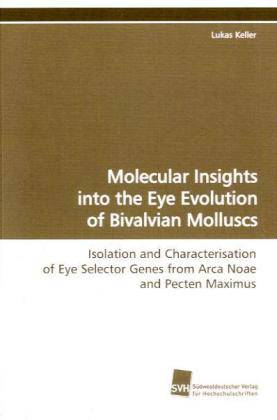
- Afhalen na 1 uur in een winkel met voorraad
- Gratis thuislevering in België vanaf € 30
- Ruim aanbod met 7 miljoen producten
- Afhalen na 1 uur in een winkel met voorraad
- Gratis thuislevering in België vanaf € 30
- Ruim aanbod met 7 miljoen producten
Zoeken
€ 68,95
+ 137 punten
Omschrijving
The wealth of eye diversity found in nature caused Neo-Darwinist to propose that photoreceptor organs originated independently at least in 40, but possible up to 65 or more different phyletic lines. However, recent molecular genetic evidence points to a common genetic program for eye development in all eye-bearing organisms. Based on these findings it was proposed that the various eye types found in Metazoa derive from a common ancestor prototype eye. The author, Lukas Keller, reviews the various eye types found in the animal kingdom and the recent molecular data that lead to the hypothesis of a monophyletic origin of the eye. His own research on eye selector and opsin genes in bivalvian molluscs further strengthen the idea that all animal eyes derive from a common ancestor eye. Furthermore, his results suggest a functional role of Pax-6 and Six1/2 genes in the gills of the bivalves Arca noae and Pecten maximus and raises the interesting question whether these genes are implicated in the establishment of the chemosensory field.
Specificaties
Betrokkenen
- Auteur(s):
- Uitgeverij:
Inhoud
- Aantal bladzijden:
- 140
- Taal:
- Duits
Eigenschappen
- Productcode (EAN):
- 9783838104904
- Verschijningsdatum:
- 26/03/2009
- Uitvoering:
- Paperback
- Afmetingen:
- 150 mm x 220 mm
- Gewicht:
- 203 g

Alleen bij Standaard Boekhandel
+ 137 punten op je klantenkaart van Standaard Boekhandel
Beoordelingen
We publiceren alleen reviews die voldoen aan de voorwaarden voor reviews. Bekijk onze voorwaarden voor reviews.








